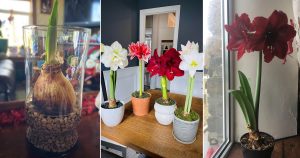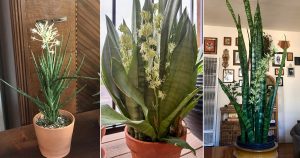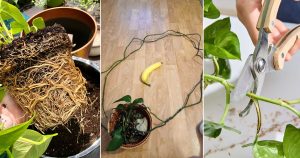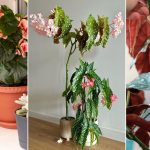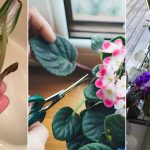As I’ve become more adventurous as a cook, I’ve discovered a whole new world of vegetables, leafy greens and herbs common in the various Asian cuisines. Finding those veggies in my local supermarket, however, is usually a challenge. And when I am able to find them, they cost an arm and a leg. Of course, I could hit up an Asian supermarket, but I was thinking that it would be fun to try growing them myself.
Kat White tells me that she’s had a great experience with Kitazawa Seed, a supplier that specializes in Asian seeds. You’ll be able to find all of these plants (and then some!) in their catalog. They also have a great recipe section if you’re looking for some ways to use your Asian veggies and herbs. Botanical Interests also has a pretty good selection of Asian vegetable seeds.
Salad Greens
There are many salad greens that originated in Asia and have become very popular here in the west. The good news is that they are very easy to grow in containers and you’ll spend a fraction on these greens growing them yourself than you’d pay at the store.
- Mizuna – Tastes mild, slightly peppery and is great in mesclun salad mixes. Sow the seeds directly in a pot outdoors. You can sow them all winter long in milder climates. Mizuna can tolerate frosts in colder climates and will germinate so long as the temps are in the high 40s.
- Chinese Cabbage – Tastes sweeter than regular cabbage and is easier to digest. It is great sliced very thinly and used in a salad in a stir-fry, or in a wrap. If you live in a mild-winter climate, sow the seeds directly into a pot outside. However, if you live in a colder climate, sow them indoors and wait until a “head” starts to form before moving them outside. Once established, Chinese Cabbage can tolerate temperatures down to 25 degrees.
- Komatsuna – Also called Mustard Spinach, this plant tastes like a cross between cabbage and spinach. Sow it immediately or wait until early next spring in all but mild-winter climates. Young leaves are great in salads, while older leaves taste great in stir-frys.
Bok Choy
Baby bok choy tastes great halved, coated and pan fried in a spicy sauce. If you live in a mild climate, you can either sow the seeds directly outside or start them indoors. If you live in and colder area, and you still have a couple of weeks before your first frost, start them indoors. Transplant seedlings outdoors about two weeks later. The seedlings will withstand frost and light freezes.
Snow Peas
Sweet and crunchy, snow peas grow on vines that are only about 2 feet tall and are easy to trellis and maintain on a balcony or patio. Harvest the pods when they are flat, don’t wait until the peas in the pod “pop” out. You might be able to find seedlings at your nursery if you live in zone 7 or lower, but if you live in zone 8 or warmer, you can still direct sow seeds outside.
Chinese Kale
Even though this plant is called “kale” it’s really more like broccoli. It’s sweeter than regular broccoli and can be used when ever and how ever you would use broccoli. The whole plant is edible, including stems, leaves, and florets. If it’s too late for you to plant regular broccoli, it’s also too late for Chinese Kale. But for those of us who live in mild-winter climates, now’s the time to sow those seeds. Start them indoors if you like, or sow them directly in a large pot outside.
Asian Carrots
These roots are extremely juicy chantenay type carrots that are about 8 inches long (so you need a pot that is at least 12 inches deep). If your late December temperatures are expected to be above 25 degrees, you still have time to grow these guys. Be sure to soak the seeds in warm water for 12 hours before sowing to give them a good start.
Mantanghong Radish
Also called watermelon radishes, these radishes are white on the outside and red on the inside. They’re sweet and you can make a great side salad by slicing them very thinly and tossing them with fresh squeeze lime. Sprinkle with a little sugar or sea salt right before serving. If you expect temperatures mostly above 40F for the next 2 months, sow them directly into a pot inside, and once they sprout, bring the pot outdoors. For those of us in mild climates, sow these guys now and all winter long.
Daikon Radish
Prue grew Daikons in pots this past winter in Australia. These roots look like carrots but taste like mild, more complex radishes. Use them in stir-frys, sushi, or salads. If your balcony will stay above 40 for the most part into early December, then sow them into a pot inside and bring the pot outside once the plants have sprouted. The radishes can be harvested at any time after the root has developed, the flavor doesn’t diminish when the root gets larger. Pull them out of the dirt before it freezes though. And be careful pulling them up, they can be brittle.
Have you grown Asian vegetables before? What would you recommend a container gardener to try?

